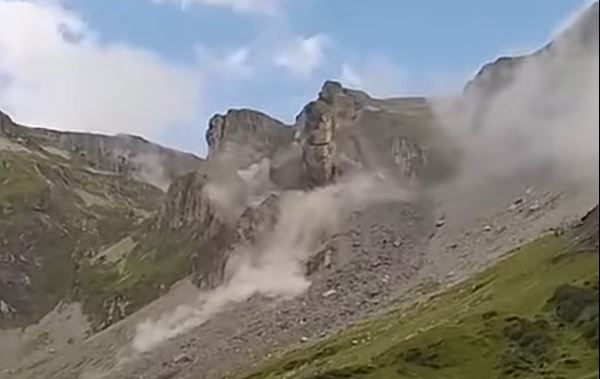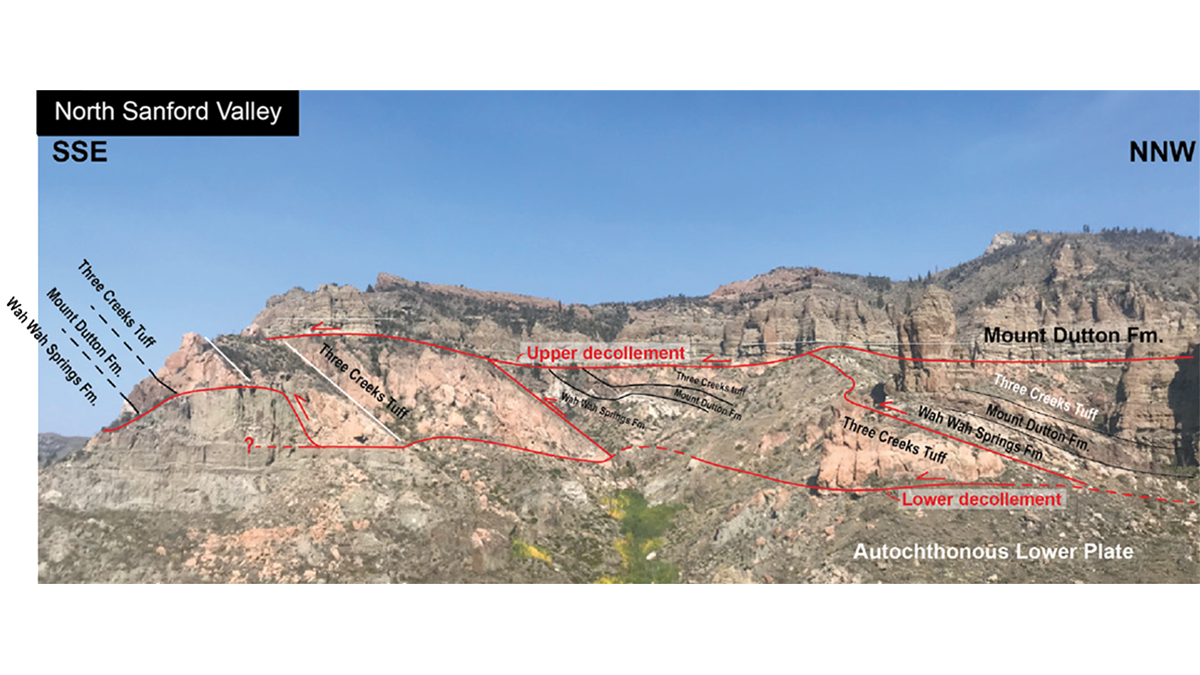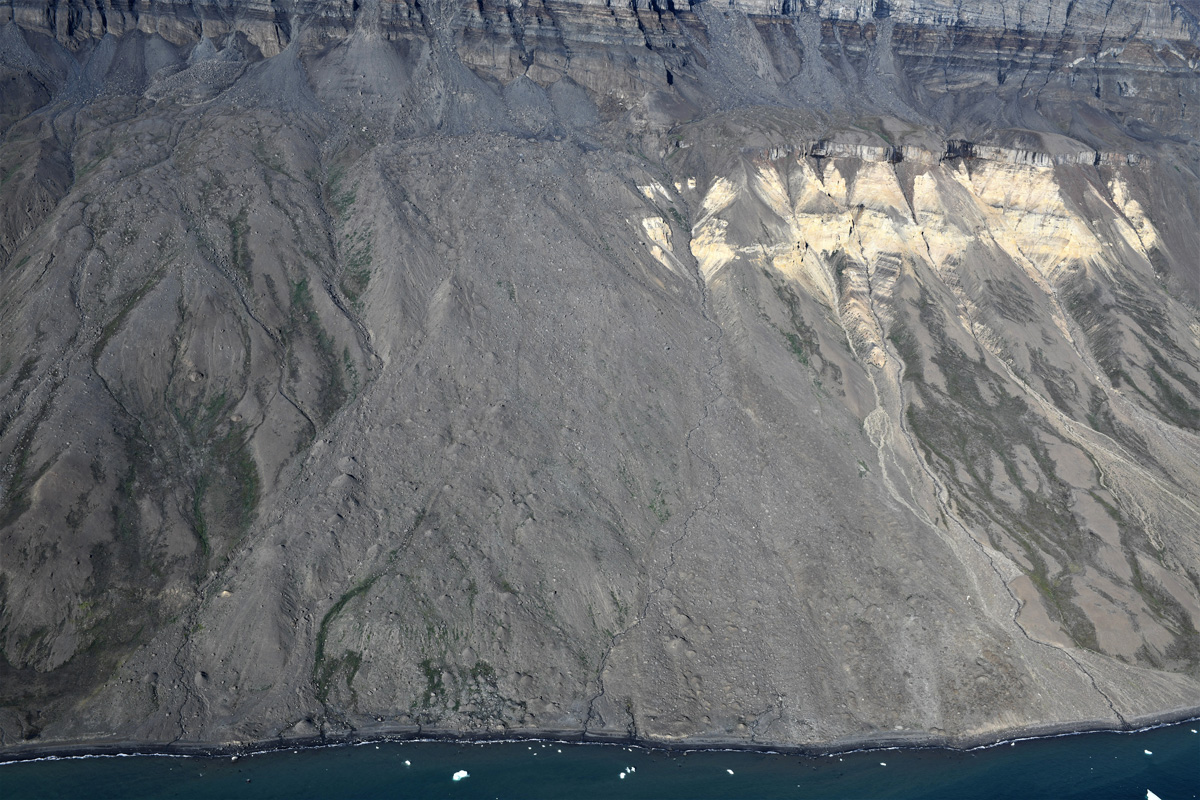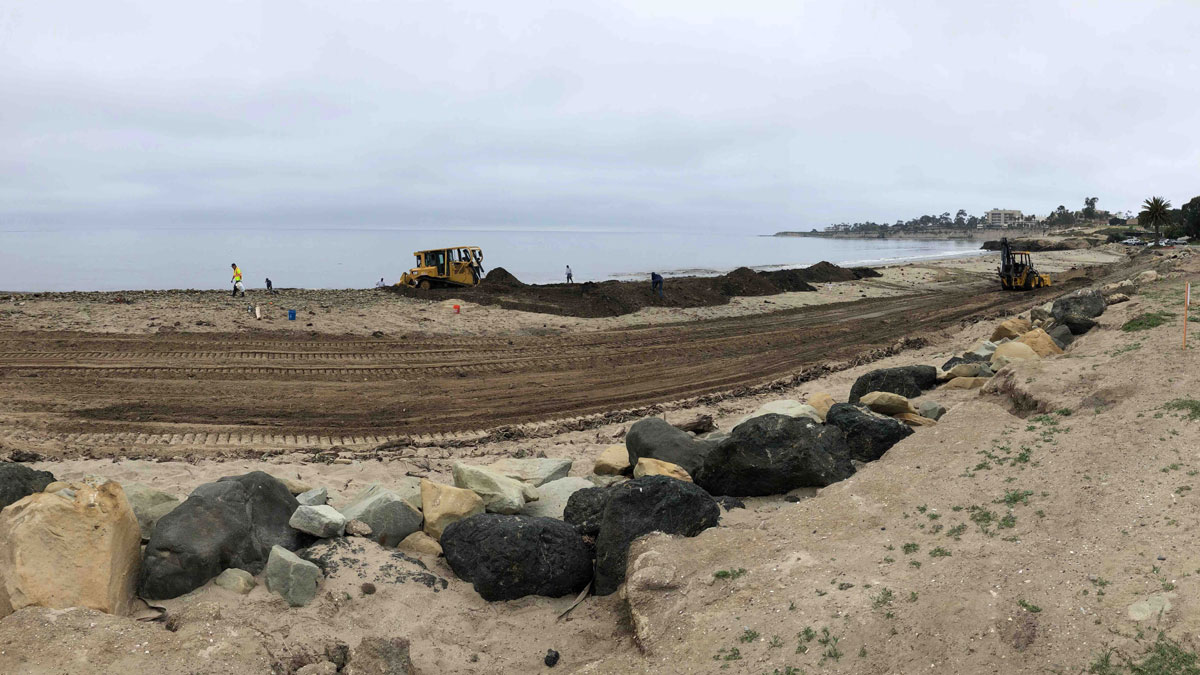From 7 August 2023 this will be the new home of the Landslide Blog. All new posts will appear here. For now, older posts will remain on the AGU Blogosphere site.
landslides
A Massive Landslide Beheaded One of the World’s Highest Peaks
Annapurna IV toppled in a Himalayan landslide, and scientists finally figured out when and how it happened.
A very lucky escape in a debris flow in Arunachal Pradesh, northern India
A video posted to social media shows three people having a very lucky escape from a debris flow in Arunachal Pradesh, northern India.
Bisisthal: a one million tonne rock slope collapse in Switzerland
On 30 July 2023 a one million tonne rock slope collapse occurred close to Bisisthal in Switzerland. It was captured on video.
A Giant Rockslide on a Bed of Steam
Detailed observations of the giant Sevier gravity slide in Utah show that the exceedingly low basal friction required for its rapid emplacement was developed by trapped thermally pressurized fluids.
A 1952 Landslide Hints at Early Permafrost Thaw in the Arctic
Scientists took a deeper look at a 70-year-old slide and found that climate change likely set the stage for the disaster.
Scientists Just Measured a Debris Flow in Unprecedented Detail
This research team used a laser sensor originally designed for autonomous vehicles to track debris flow surges.
Protecting Poor Neighborhoods from Landslide Risk
As low-income, informal settlements bloom in the tropics, their risk of landslides increases. A new modeling tool incorporates urbanization factors to protect the region’s poorest neighborhoods.
Managing Mudslide Debris After Fires
California officials faced a conundrum in dealing with mudslides after the Thomas Fire.
New Landslide Reporting Tool Uses Social Media and AI
The tool extracts landslide information in real time, which could advance landslide research as well as disaster response.










